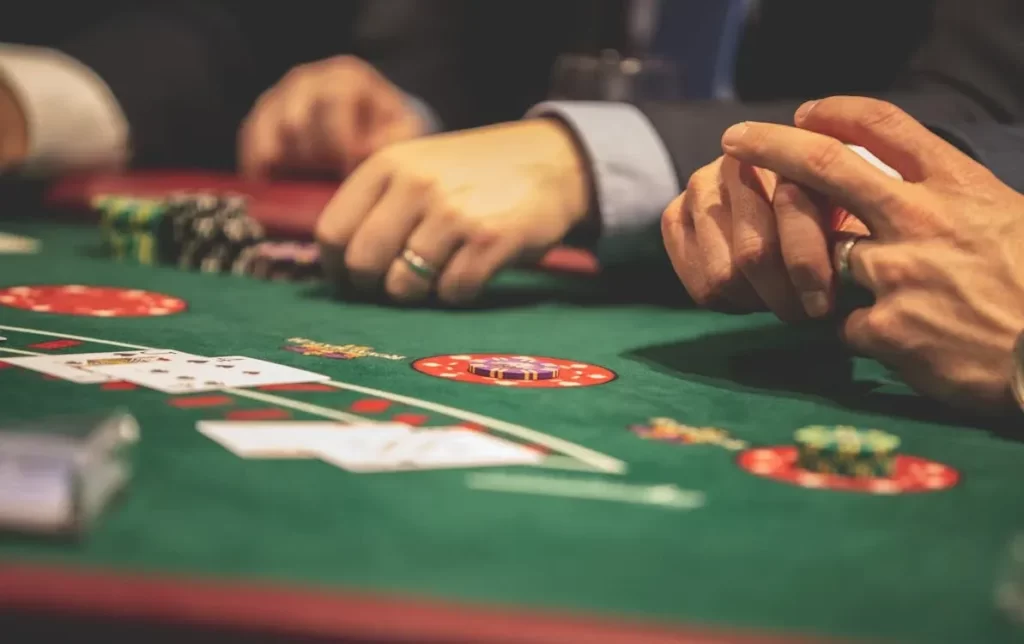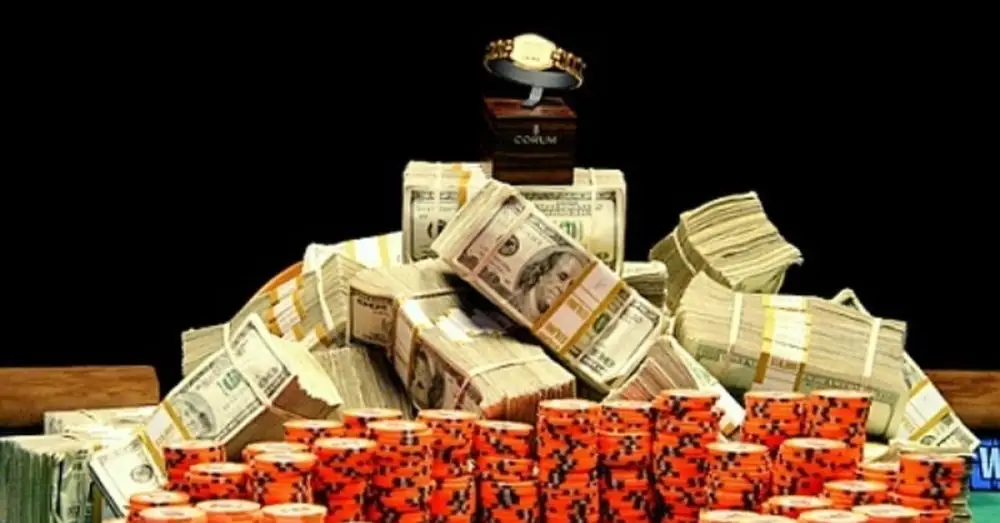How to play blackjack: features of the game
Each card in blackjack has its own value. For example, cards with numbers from 2 to 10 are evaluated by their face value, that is, the card “7” will give you exactly 7 points. The jack, queen and king give 10 points each. The Ace is the most interesting and important card in the deck, because it can be valued as 1 point or 11, depending on the situation. This flexibility gives the player the ability to adjust the hand total, and it makes the Ace one of the most strategically important cards in blackjack. If a player’s hand total exceeds 21 points, this is called an overcall. In this situation, the player immediately loses and his bet is forfeited. Therefore, even if you have a strong combination in hand, it is always important to carefully evaluate your further actions to avoid overcalling and not to lose everything.How to Play: Key Blackjack Goals and Strategy
 The main goal of a blackjack player is to beat the dealer by scoring more points without going over 21. Despite its apparent simplicity, the game hides many nuances that must be taken into account for a successful strategy. Every decision a player makes – whether to stop or to take a risk and draw another card – can be decisive. For example, if you have 16 points in your hand and the dealer has a 9 card, you need to think very carefully about whether to take another card, because there is a risk of overcalling.
In blackjack, strategy based on analyzing the dealer’s cards is an important element: it gives you insight into how to play. For example, if the dealer has a weak card (2-6), it is better to stop and not take any risk. However, if the dealer shows a strong card (7-10 or an ace), you should consider taking another one to try and improve your position in the game.
The main goal of a blackjack player is to beat the dealer by scoring more points without going over 21. Despite its apparent simplicity, the game hides many nuances that must be taken into account for a successful strategy. Every decision a player makes – whether to stop or to take a risk and draw another card – can be decisive. For example, if you have 16 points in your hand and the dealer has a 9 card, you need to think very carefully about whether to take another card, because there is a risk of overcalling.
In blackjack, strategy based on analyzing the dealer’s cards is an important element: it gives you insight into how to play. For example, if the dealer has a weak card (2-6), it is better to stop and not take any risk. However, if the dealer shows a strong card (7-10 or an ace), you should consider taking another one to try and improve your position in the game.
Card combinations and their importance
Card combinations are the most important part of blackjack strategy. The strongest combination is the so-called “natural blackjack” – a combination of an ace and a card that brings 10 points (ten, jack, queen or king). Any of the pairs immediately brings a win unless the dealer has a similar hand. If you have two identical cards in your hand, such as eights or aces, you can split them into two hands – this is called a “split”. Splitting gives you the opportunity to increase your chances of winning, especially if the cards are of high denomination. However, it also requires an additional bet, which increases the risk, but with the right strategy can bring good results. Another important combination that is important for anyone who wants to understand how to play blackjack is doubling down, known as “double down”. In some cases, if you have a good hand and there is a high probability that the next card will be a good one, you can double your bet, but only take one extra card. This is a risky move, but it can bring a significant win.Blackjack betting: bankroll management
One of the most exciting aspects of blackjack is the betting. At the beginning of each game, players make choices that determine their eventual winnings. However, it is important not only to bet, but also to properly manage your bankroll – the total amount of money you are willing to use for the game. An overly aggressive strategy can quickly lead to the loss of all funds, so successful players often choose a gradual increase in bets, which allows you to minimize the risks. For example, if you have won several times in a row, you can afford to increase the bet using the doubling strategy. If your previous games have been unsuccessful, it is wise to reduce the amount you bet and focus on playing conservatively. Proper bankroll management helps you stay in the game longer and increases your chances of winning in the long run.Dealer’s role in the game
The dealer is the central figure in blackjack, because it is against him that the other participants play the game. According to the rules, the dealer is obliged to draw cards until his total reaches a minimum of 17 points. Once he accumulates 17 or more, he is obliged to stop. This makes his game predictable, and the player can use this to his advantage. It should be remembered that the dealer always has some advantage: the player makes a move first, and if he is overdrawn, the opponent does not need to continue the game – he automatically wins. Therefore, it is important to carefully monitor your actions, so as not to give the dealer an extra chance to win.The casino advantage and ways to reduce it
Despite the appeal of the game, the casino always has an advantage. The main factor to consider is that the player moves first and the dealer can win by overcalling cards. However, there are many strategies that help reduce this advantage. One of the most well-known strategies is card counting. This method helps players predict the probability of certain cards appearing in the deck, which gives them an advantage in decision making. However, casinos try to counter this strategy by introducing multiple decks into the game and closely monitoring player behavior. Despite this, knowing how to count cards can greatly improve your game.Flush: What it is and how to use it
A Flush in Blackjack is a situation where both the player and the dealer have the same number of points. In this case, the game ends in a draw and the bet is returned to the player. Although a flop is not so common, it helps to avoid losing money in critical situations and save your bankroll for the next games.How to Play Blackjack: Conclusions
 Blackjack is a combination of strategy, luck and decision making. Careful analysis of the cards, proper management of bets and understanding of the dealer’s actions will significantly increase your chances of success. The main thing is to know exactly how to play blackjack, always keep your wits about you, follow your strategy and stop in time to avoid big losses.
Now that you have familiarized yourself with the basic rules and strategies, it’s time to try your hand in practice. Remember that experience is the best teacher, and with each new game you will become more confident.
Blackjack is a combination of strategy, luck and decision making. Careful analysis of the cards, proper management of bets and understanding of the dealer’s actions will significantly increase your chances of success. The main thing is to know exactly how to play blackjack, always keep your wits about you, follow your strategy and stop in time to avoid big losses.
Now that you have familiarized yourself with the basic rules and strategies, it’s time to try your hand in practice. Remember that experience is the best teacher, and with each new game you will become more confident.

 en
en  ru
ru  de
de  ar
ar  es
es  hi
hi  fr
fr  nl
nl  it
it  pt
pt  el
el 









